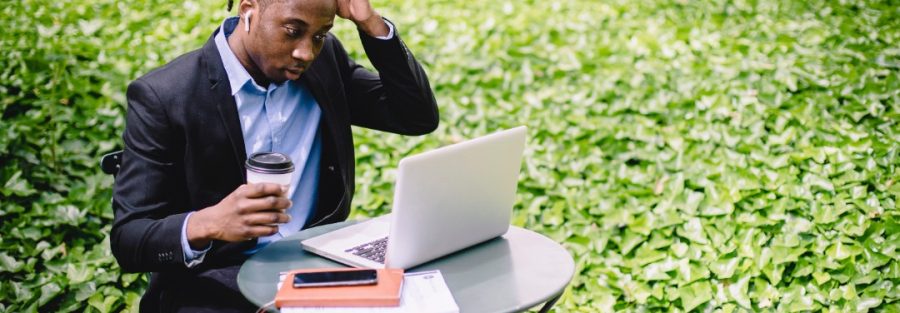Dandruff is another name for a condition called Seborrheic Dermatitis; in which our scalp shed skin cells in the form of yellow or white flakes. It is very common in kids, teens, and adults alike and is usually harmless. But it could be a little bit embarrassing, especially for those who may already be self-conscious about their looks. But the vital question is:
What is responsible for this head scratching awkward condition?
To answer that, we need look closer at the human head and search for a crawling creature, a kind of yeast called Malessezia Globosa, living rent-free on the scalp, surrounded by an abundant supply of food. This tiny monster is found in around half of the entire human population, and its lifestyle is majorly responsible for causing dandruff on our bodies. Let us see how:
The human body is home to billions of microbes. The Malassezia fungus starts living on us shortly after we are born, and is often found in the hair follicles, from where the hair pops out on our body. These cavities have glands that discharge an oil called Sebum, which is responsible for lubricating and strengthening our hair. Malassezia likes to feed on our skin’s proteins and oils and as our scalp is the oiliest spot on our body, it makes a perfect breeding ground for these yeasts to thrive there, causing dandruff.

Sebum is composed of both saturated and unsaturated fatty acids, but for some reason, Malassezia likes to feed only on saturated fatty acids, leaving the unsaturated ones behind. These uneaten substances are then soaked into our skin, causing the skin to open its barriers, and allow water to be discharged. The body immediately reacts to the discharge and activates the defense mechanism causing the inflammation responsible for our itchy heads. Then it activates the skin cells to reproduce for repairing the damaged barriers.
Typically, our epidermis, which is the outer layer of the skin, completely replaces itself in around three weeks. During this process, the cells divide, move upward, and die as they dry up and shed away without anyone noticing it. But when it comes to dandruff, cells generate and die too fast to heal the damaged parts. This gives cells less time to mature and differentiate properly; resulting in forming greasy clumps around the hair follicle, that are shed as white flakes, which we sometimes see when combing our hair.
What can we do to get rid of dandruff?
Many cases of mild dandruff can be treated just by shampooing every day with a gentle anti-fungal shampoo. This will reduce oiliness and keep dead skin cells from building up.
Note: This does not work for all cases, so you may need to experiment until you find the one that works for you. If the problem persists, please visit your doctor. It is also important to note that dandruff is not limited to the head. It can grow on other parts of the body too like eyebrows, eyelids, ears, crease of the nose, back of the neck, armpit, groin, and belly button.


